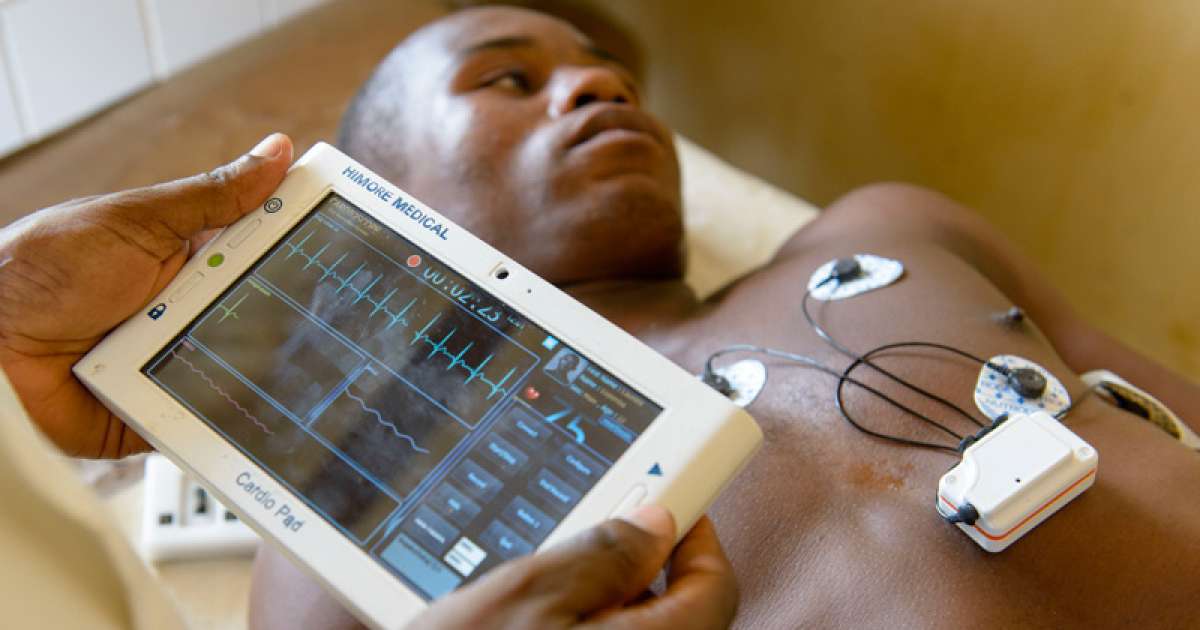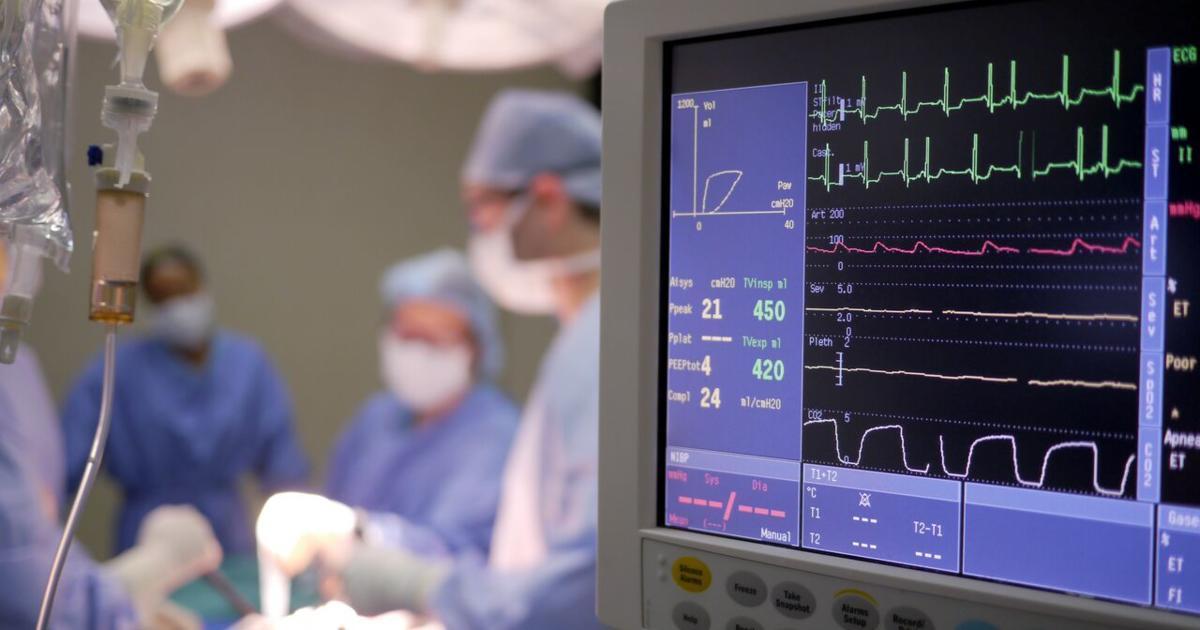How Heart Valve Problems Are Treated
Heart valve problems come in numerous types and affect one or more of the heart's four valves: the mitral, aortic, tricuspid, and pulmonary valves. All of the valves of the heart have flaps of tissue that open or close each time the heart beats. They keep blood flowing in the right direction through the heart and throughout the body. The majority of heart valve issues can be categorized as regurgitation, stenosis, or atresia. Regurgitation occurs if flaps cannot completely close during heartbeats, resulting in blood leaking back into the heart.
In stenosis, the heart valves become stiff and cannot open wide enough for sufficient blood flow. Atresia is the absence of an opening within a valve. Heart valve issues can be either congenital or acquired. Some examples of typical heart valve problems include aortic valve stenosis, mitral valve regurgitation, mitral valve prolapse, and pulmonary valve regurgitation. Heart murmurs and endocarditis are also classified as heart valve diseases.
Regular Monitoring

Heart valve problems are typically diagnosed by a cardiologist, a specialist in heart disease. Cardiologists also oversee follow-up care and treatment regimens for heart valve patients throughout their lives. Regular monitoring can help cardiologists and other medical staff plan the most effective treatment options for each patient. Monitoring generally consists of the same procedures used in making an initial diagnosis. These include a physical examination and tests such as electrocardiograms, echocardiograms, exercise tests, chest x-rays, and cardiac MRI scans.
During the physical examination, cardiologists listen to the heart to detect abnormal sounds. MRIs and other imaging tests allow doctors to get a detailed picture of how well a patient's heart is functioning. These images can be compared to previous ones to chart progress. Patients will typically have follow-up appointments at least every six months, and those with particularly advanced conditions may need to be examined every three months or more often.
Heart Valve Surgery

Heart valve surgery can be used to prevent future complications of heart valve diseases and improve the quality of life for patients. Sometimes, doctors may recommend it even if patients are not yet experiencing symptoms from their condition, and it may be needed at other times if heart valve disease has progressed. The exact type of heart valve surgery used will depend on the patient's diagnosis. Some types include valve replacement and valve repair. In valve replacement, a damaged valve is replaced with one from a cow or pig, though some replacements may be made from human heart tissue. The valves are treated before they are inserted so patients will not need to take anti-rejection medication. Heart valve repair may involve reshaping heart tissue to enable valves to close tightly, patching holes or leaky areas of valves with added tissue, and separating valves that have stuck together.
Heart valve procedures are performed under general anesthesia. Traditional types of these surgeries require large incisions, and patients often need to stay in the hospital for up to five days following the procedure. The average recovery time with these operations is between six to eight weeks. Newer surgical methods enable doctors to use smaller incisions and require as little as three days in the hospital after surgery. Recovery from the newer operations takes approximately two to four weeks. Newer procedures may not be an option for all patients, and doctors will discuss the most effective surgical procedures for each patient's general health and specific heart condition.
